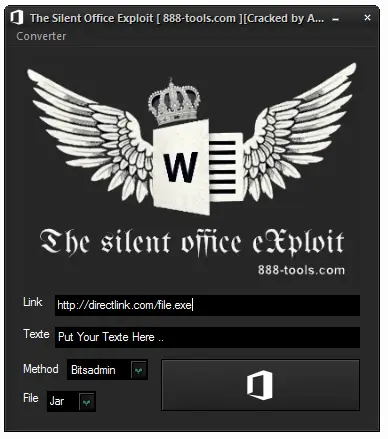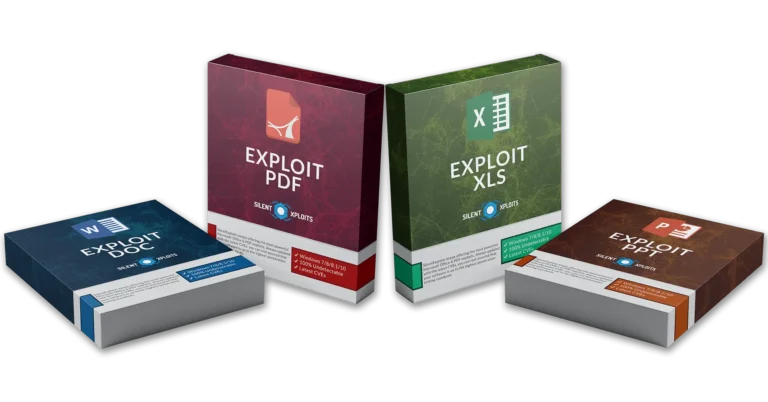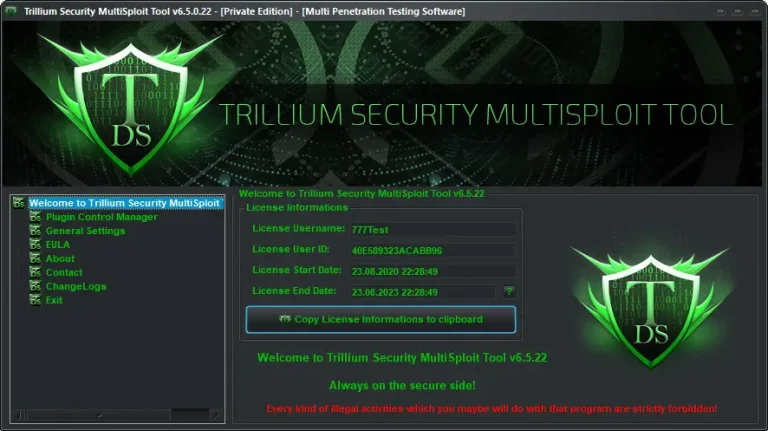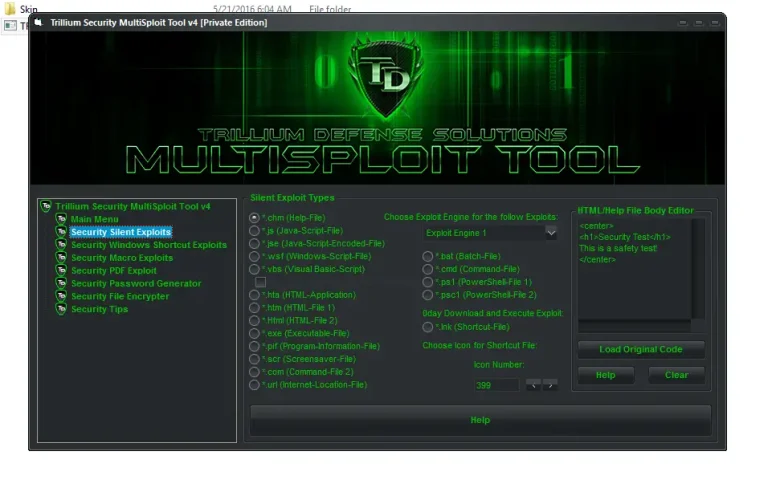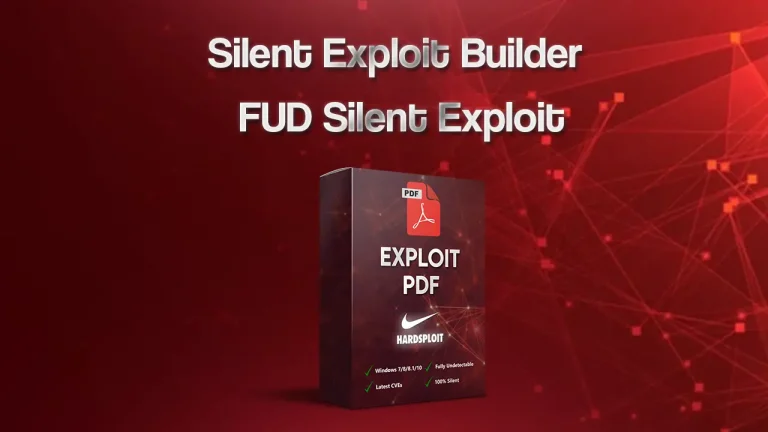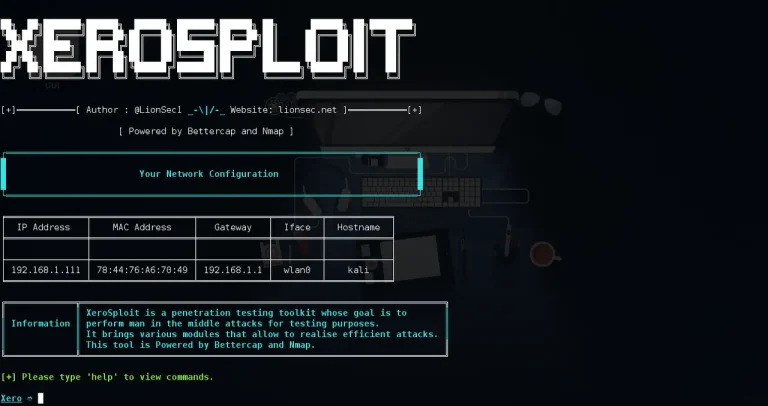SILENT EXPLOIT OFFICE 2025
Silent Exploit Office 2025 is a hypothetical yet plausible advanced exploit kit tailored to target vulnerabilities in Microsoft Office 2025, the anticipated next iteration of Microsoft’s productivity suite. Unlike traditional exploit kits that rely on noisy, detectable methods, Silent Exploit Office 2025 is designed to operate stealthily, leveraging zero-day vulnerabilities, social engineering, and advanced obfuscation techniques to bypass conventional security measures.
Silent Exploit Office 2025 is a hypothetical yet plausible advanced exploit kit tailored to target vulnerabilities in Microsoft Office 2025, the anticipated next iteration of Microsoft’s productivity suite. Unlike traditional exploit kits that rely on noisy, detectable methods, Silent Exploit Office 2025 is designed to operate stealthily, leveraging zero-day vulnerabilities, social engineering, and advanced obfuscation techniques to bypass conventional security measures.
This exploit kit is assumed to exploit unpatched flaws in Office 2025 applications, such as Word, Excel, and PowerPoint, to deliver malicious payloads like ransomware, spyware, or remote access trojans (RATs). Its “silent” nature refers to its ability to execute attacks without triggering antivirus software or alerting users, making it a significant threat to organizations and individuals alike.
How Does It Work?
Silent Exploit Office 2025 operates through a multi-stage attack process, combining technical exploits with human manipulation. Below is a breakdown of its typical workflow:
-
Delivery Mechanism: The exploit is often delivered through phishing emails containing malicious Office documents. These documents appear legitimate, encouraging users to enable macros or click on embedded links, which initiate the exploit.
-
Exploitation of Vulnerabilities: The kit targets unpatched or zero-day vulnerabilities in Office 2025. For instance, it may exploit flaws in the rendering engine for Office files or weaknesses in macro execution protocols.
-
Obfuscation and Evasion: Silent Exploit Office 2025 employs advanced obfuscation techniques, such as polymorphic code and encrypted payloads, to evade detection by antivirus programs and intrusion detection systems.
-
Payload Delivery: Once the exploit gains access, it deploys its payload, which could include ransomware to encrypt files, spyware to steal sensitive data, or backdoors to allow persistent access for attackers.
-
Persistence and Spread: The kit may establish persistence mechanisms, such as registry modifications or scheduled tasks, to maintain access. It can also spread laterally across networks, targeting other vulnerable systems.
Potential Impact
The implications of Silent Exploit Office 2025 are profound, particularly for organizations that rely heavily on Microsoft Office for daily operations. Key risks include:
-
Data Breaches: The stealthy nature of the exploit makes it ideal for exfiltrating sensitive data, such as financial records, intellectual property, or personal information.
-
Financial Loss: Ransomware delivered via the exploit could lock critical files, demanding substantial ransoms for decryption.
-
Operational Disruption: Compromised systems could lead to downtime, affecting productivity and business continuity.
-
Reputational Damage: Organizations hit by such exploits risk losing customer trust and facing regulatory penalties, especially if sensitive data is exposed.
Mitigation Strategies
Protecting against Silent Exploit Office 2025 requires a multi-layered approach to cybersecurity. Here are some recommended strategies:
-
Patch Management: Ensure that Microsoft Office 2025 and all related software are kept up to date with the latest security patches. Microsoft typically releases patches to address known vulnerabilities, so timely updates are critical.
-
Employee Training: Educate employees about phishing tactics and the dangers of enabling macros in unsolicited documents. Regular training can reduce the likelihood of falling victim to social engineering attacks.
-
Advanced Threat Detection: Deploy endpoint detection and response (EDR) solutions that use behavioral analysis and machine learning to identify suspicious activity, even from zero-day exploits.
-
Disable Macros by Default: Configure Office 2025 to disable macros unless explicitly enabled by trusted sources. This can prevent many exploits from executing.
-
Network Segmentation: Limit the spread of an exploit by segmenting networks, ensuring that a compromised system cannot easily infect others.
-
Regular Backups: Maintain regular, offline backups of critical data to mitigate the impact of ransomware attacks.
-
Zero Trust Architecture: Adopt a zero trust security model, which assumes no user or device is inherently trustworthy and requires continuous verification.
The Broader Context
Silent Exploit Office 2025 is part of a broader trend in cybersecurity where attackers are increasingly targeting productivity software due to its widespread use. As Microsoft Office remains a cornerstone of enterprise environments, it is a prime target for cybercriminals. The hypothetical nature of Silent Exploit Office 2025 serves as a reminder that the cybersecurity landscape is constantly evolving, and organizations must stay proactive to stay ahead of threats.
Conclusion
Silent Exploit Office 2025 represents a new breed of stealthy, sophisticated threats that could challenge even the most robust cybersecurity defenses. By understanding its mechanisms and implementing proactive measures, organizations can significantly reduce their risk. As we approach 2025, staying vigilant, keeping systems updated, and fostering a security-conscious culture will be essential to safeguarding against such silent but deadly exploits.
Download Link 1
Download Link 2
Download Link 3

